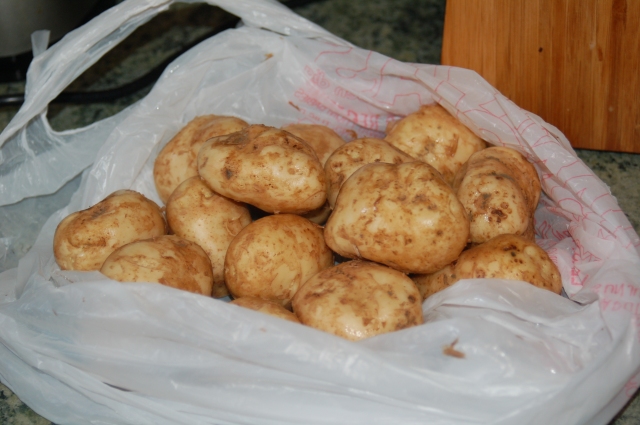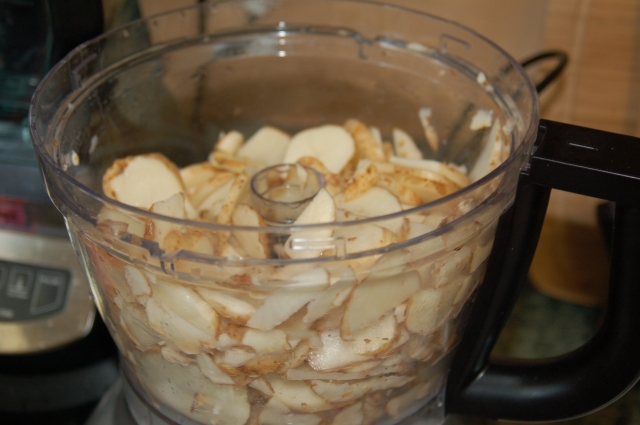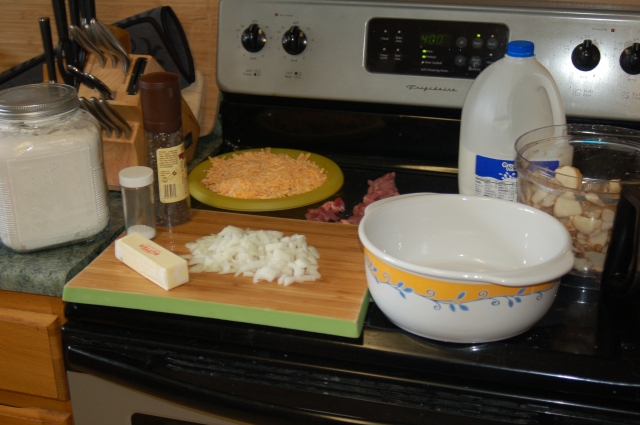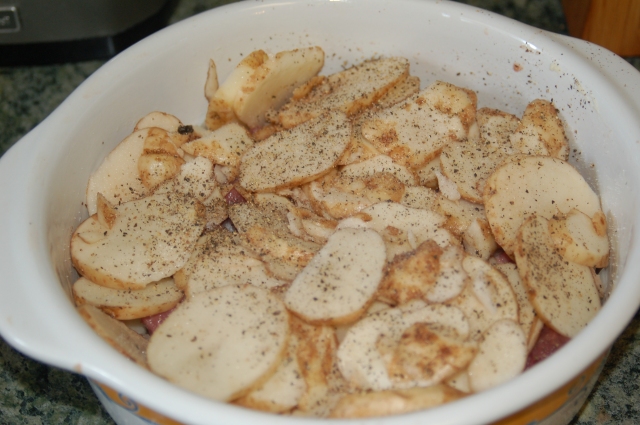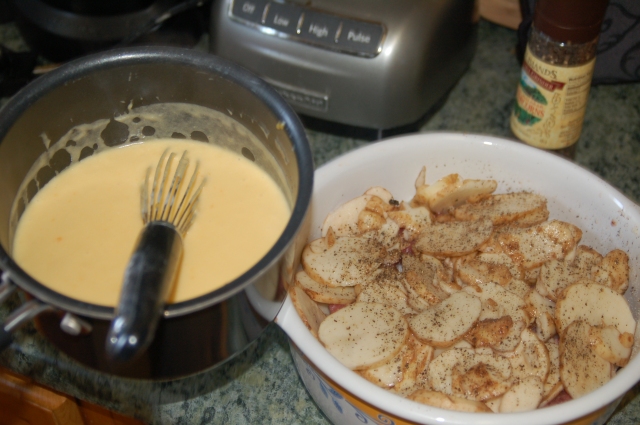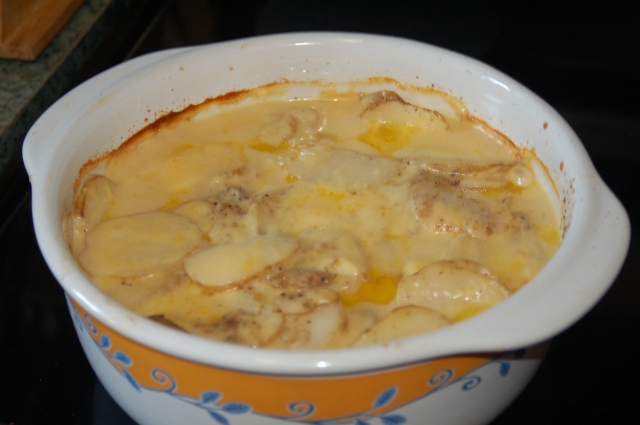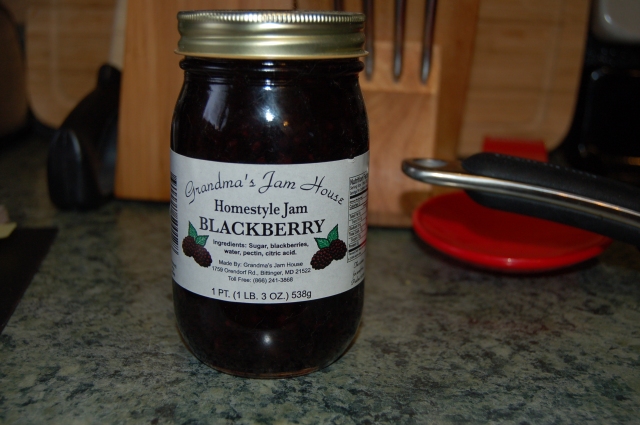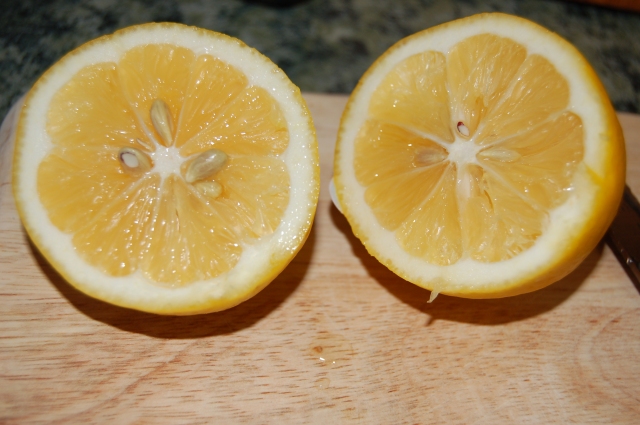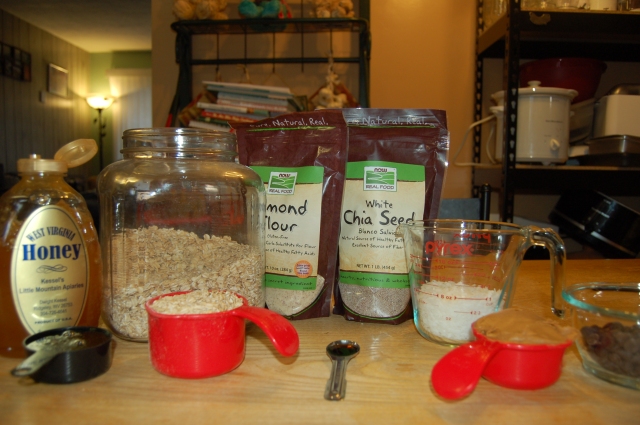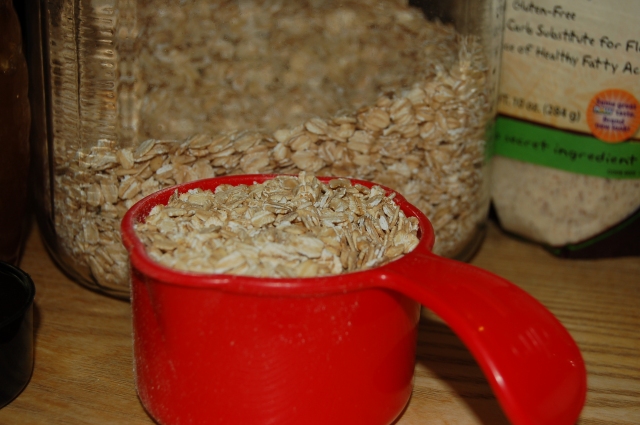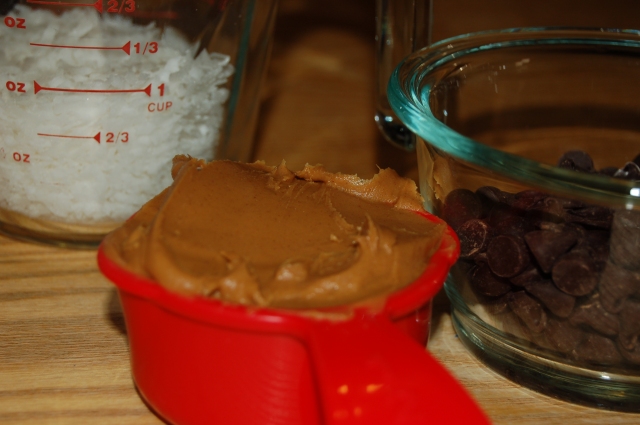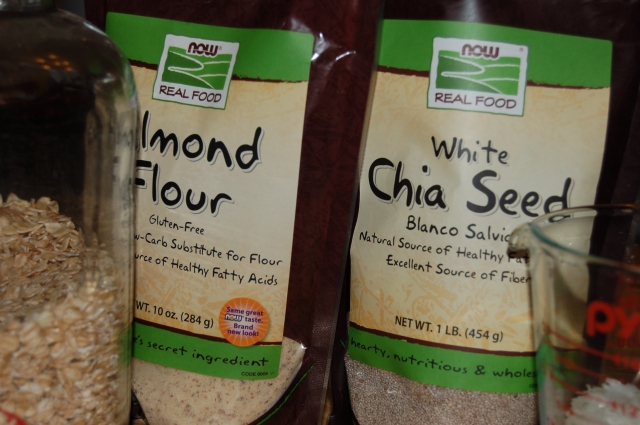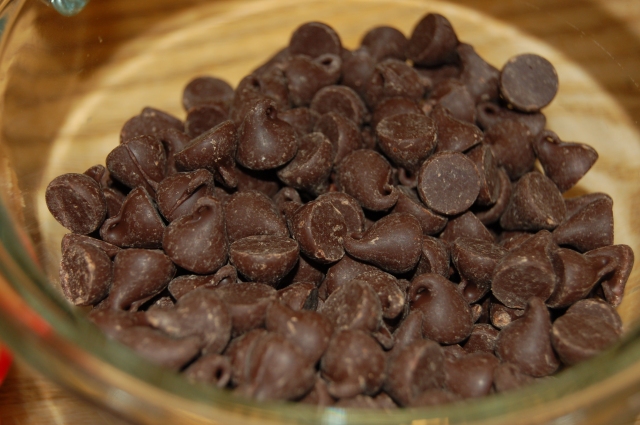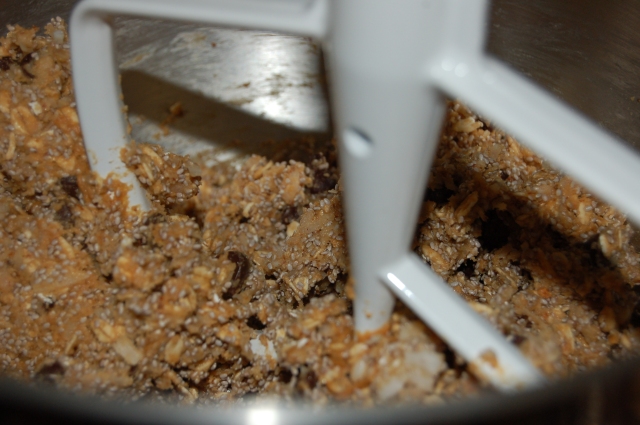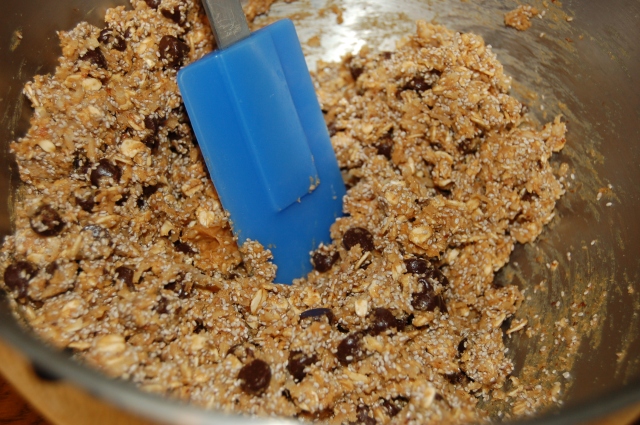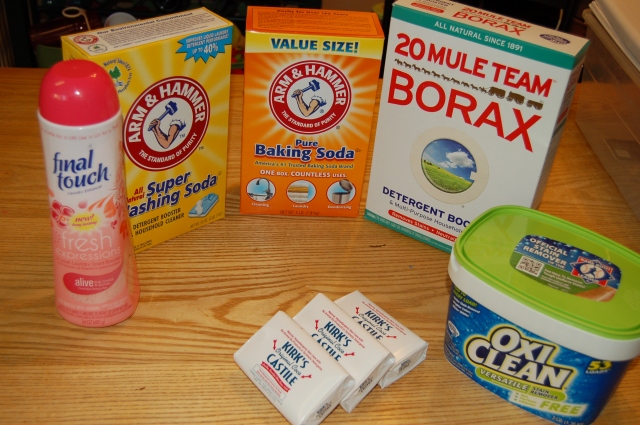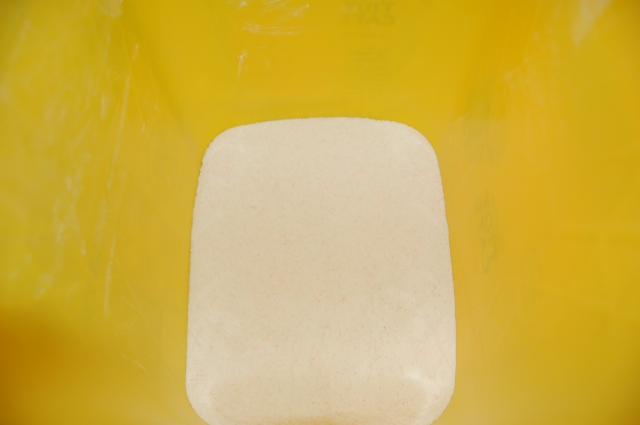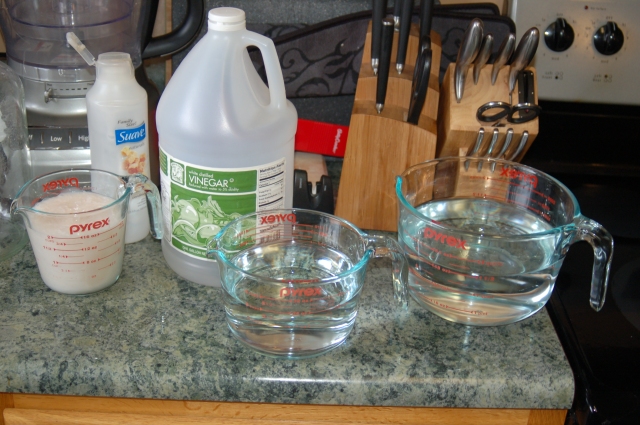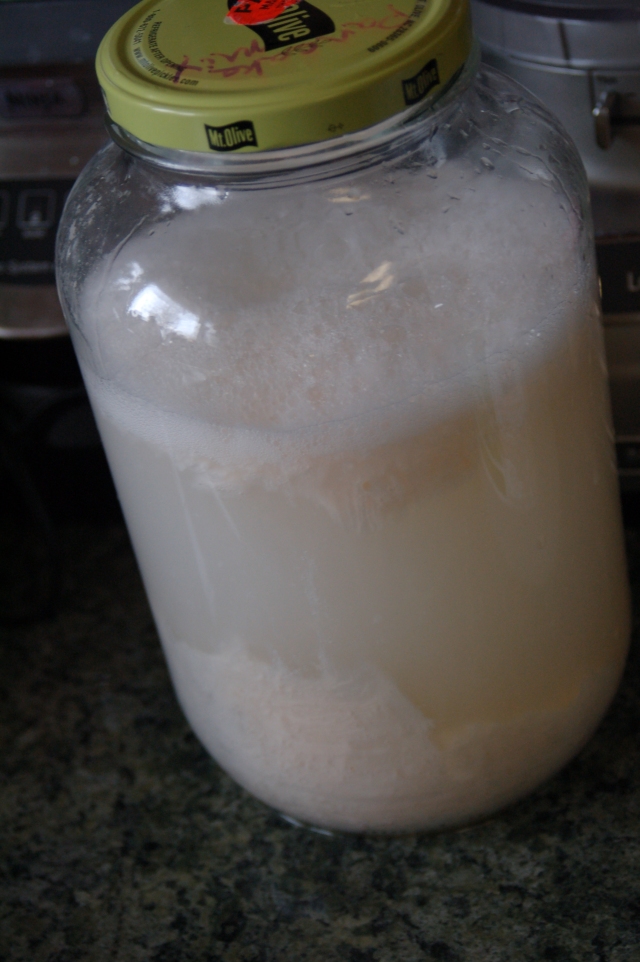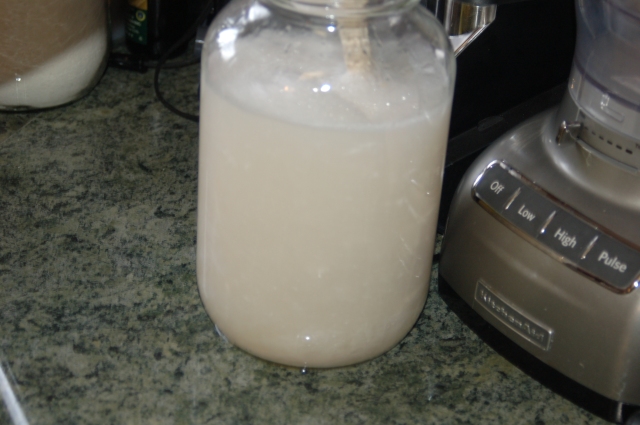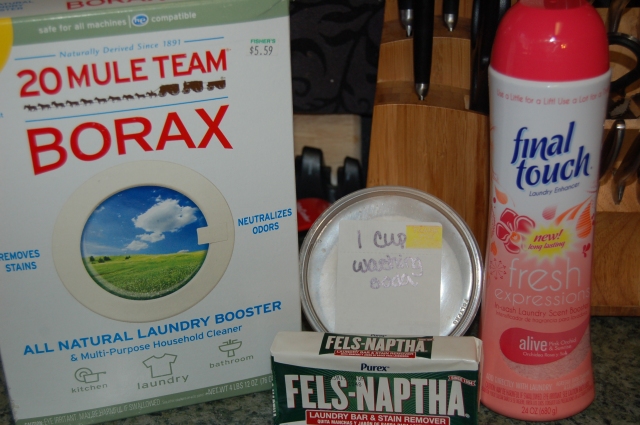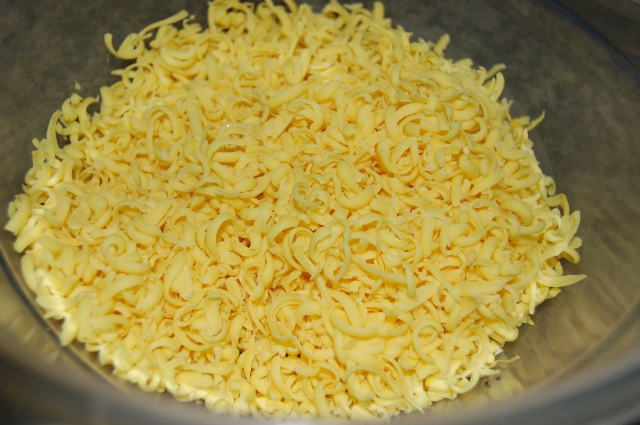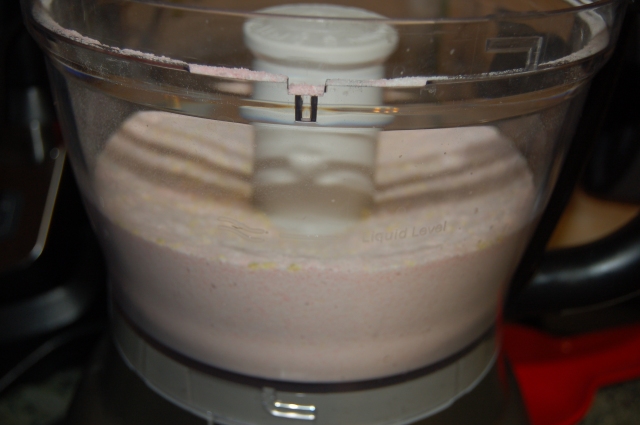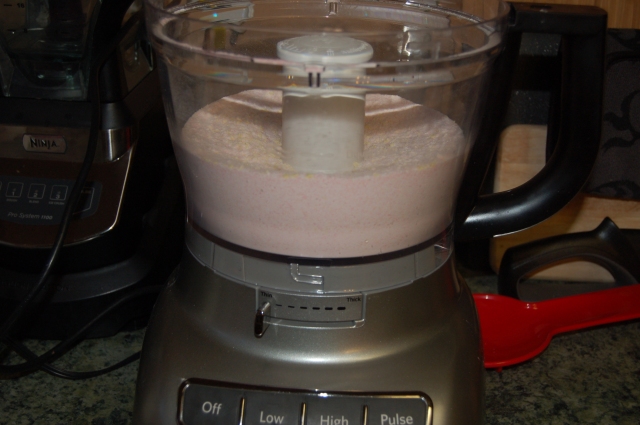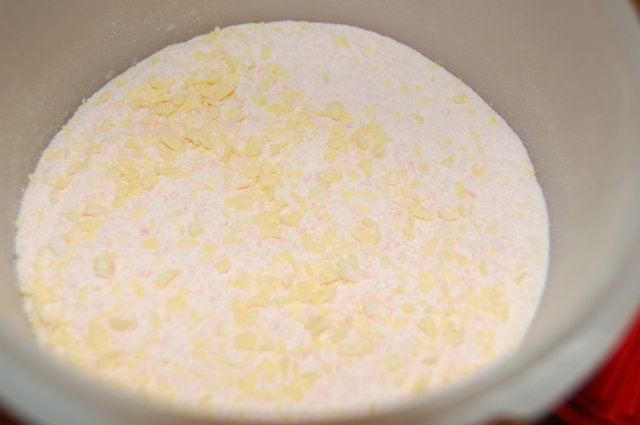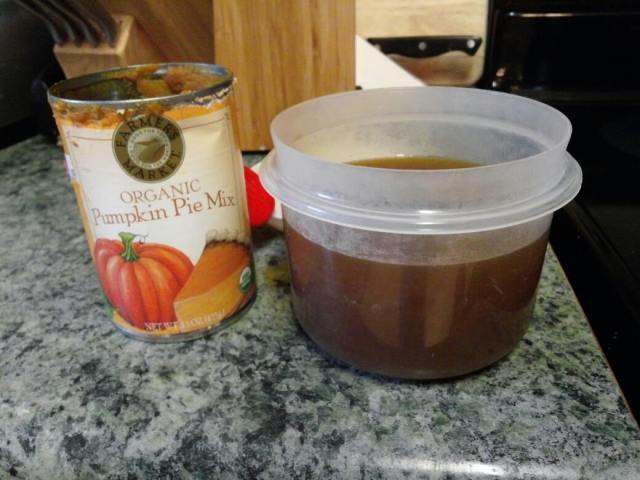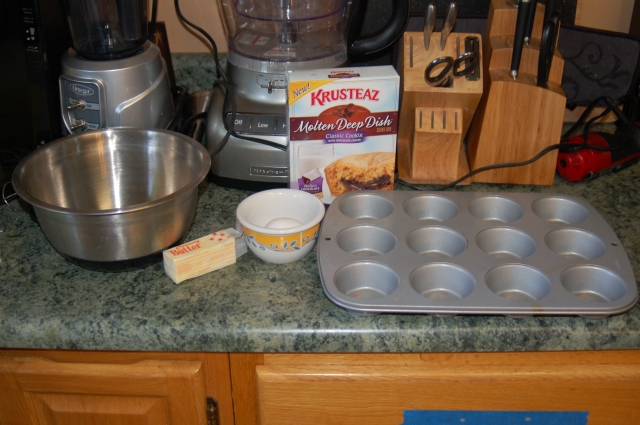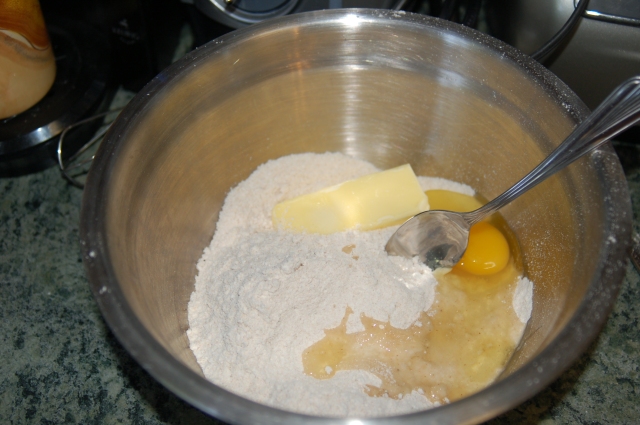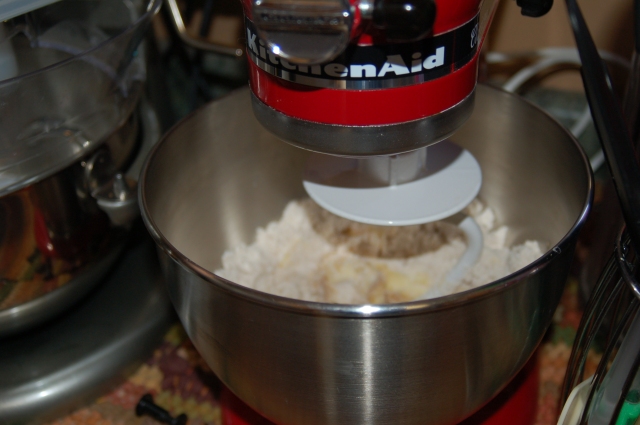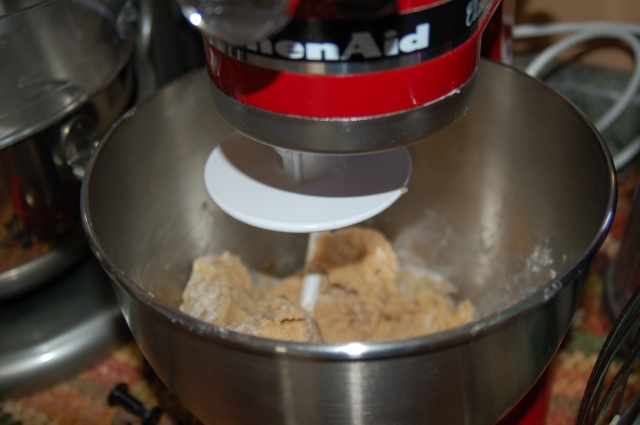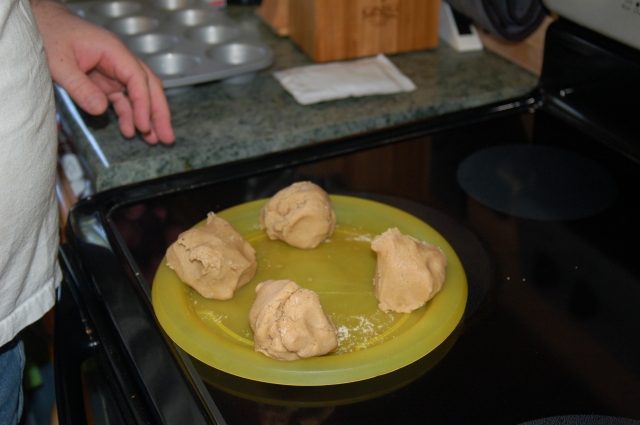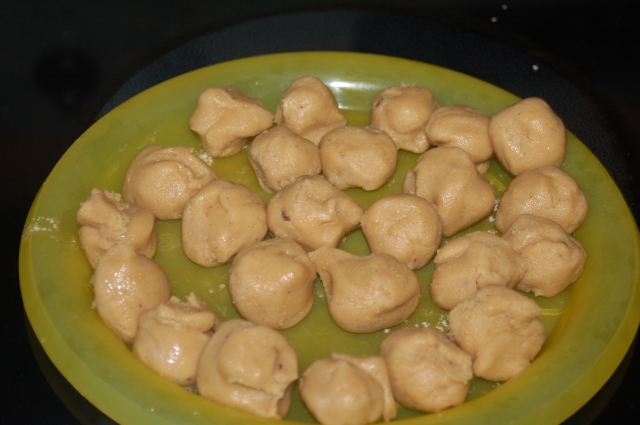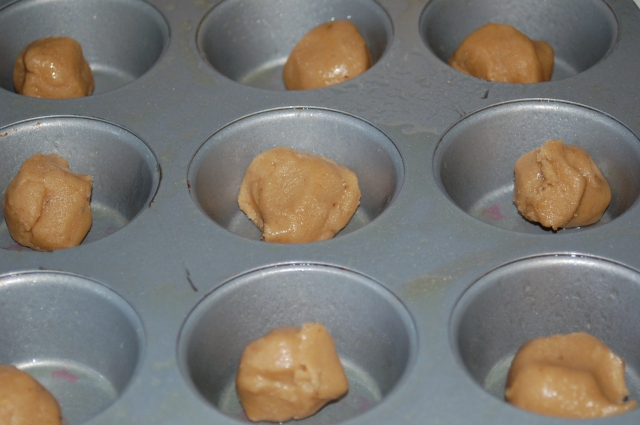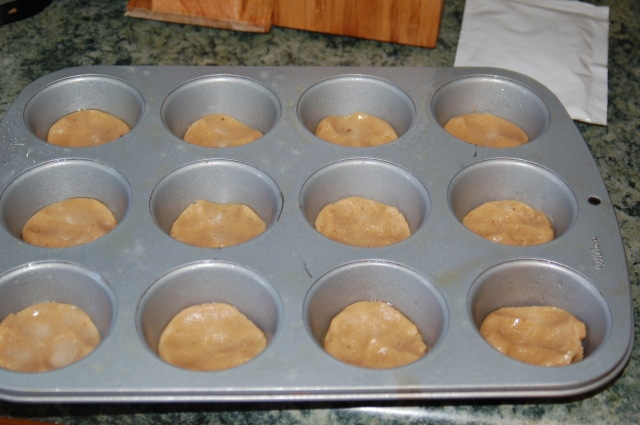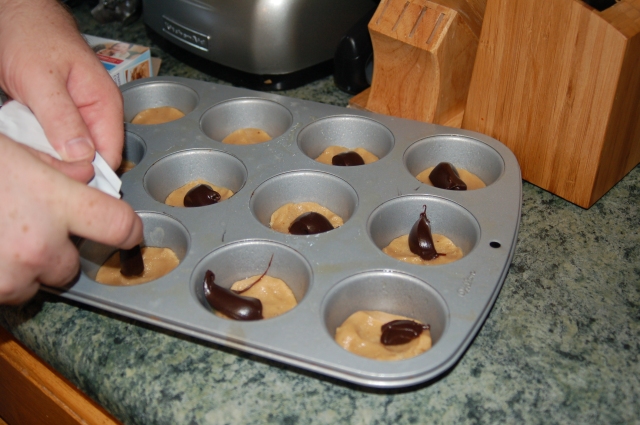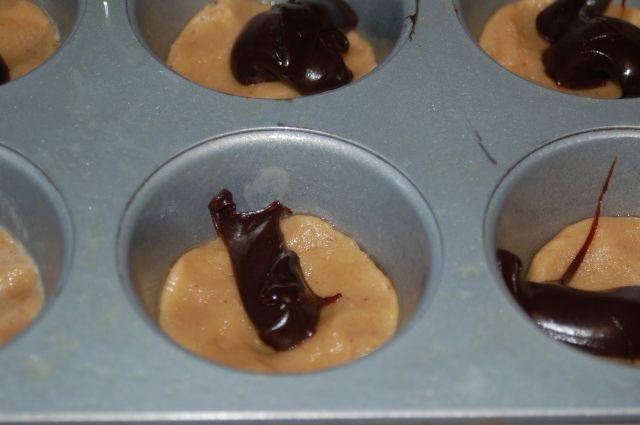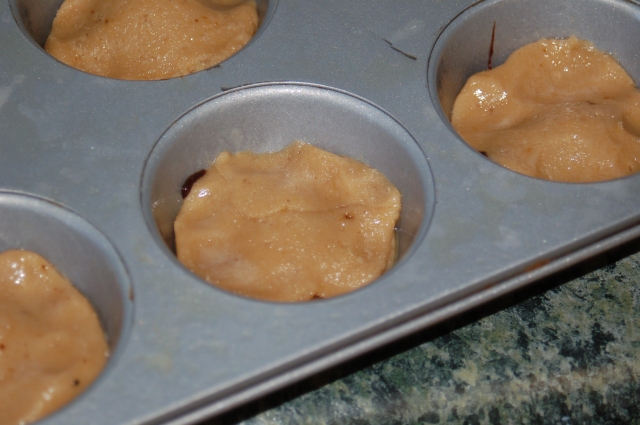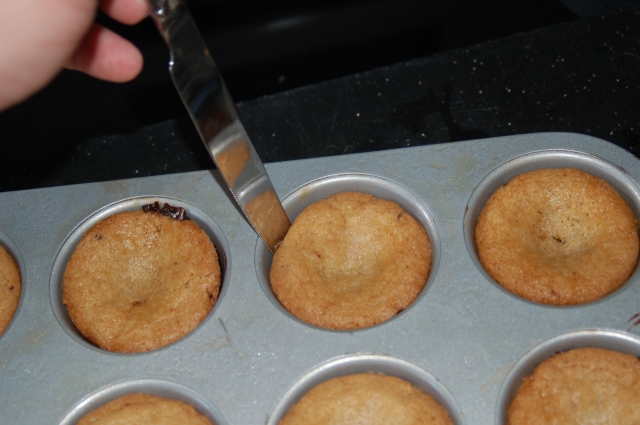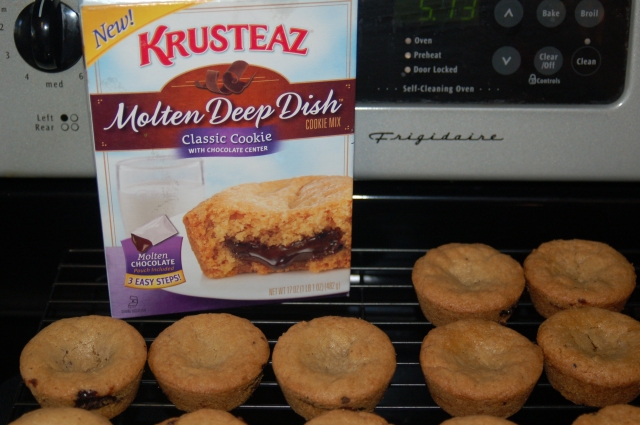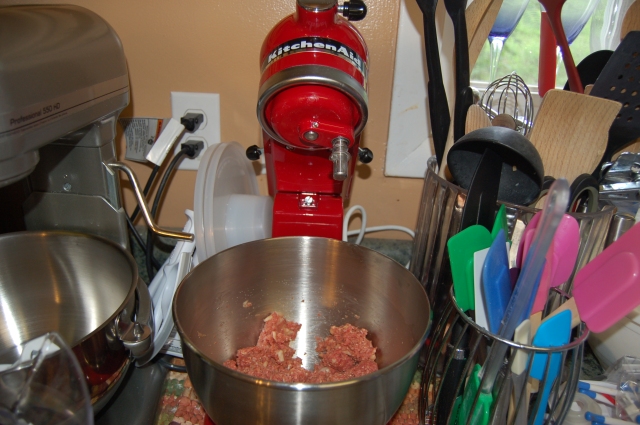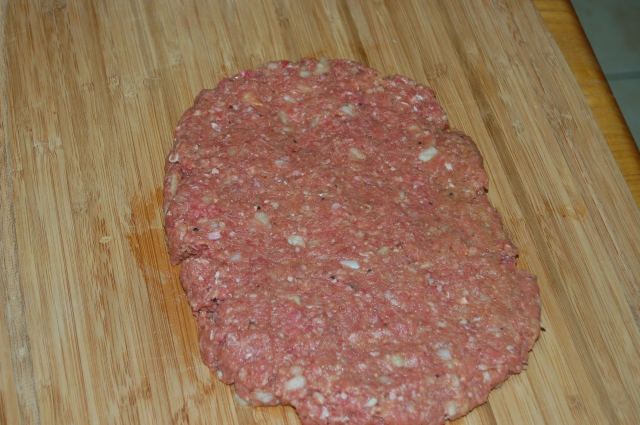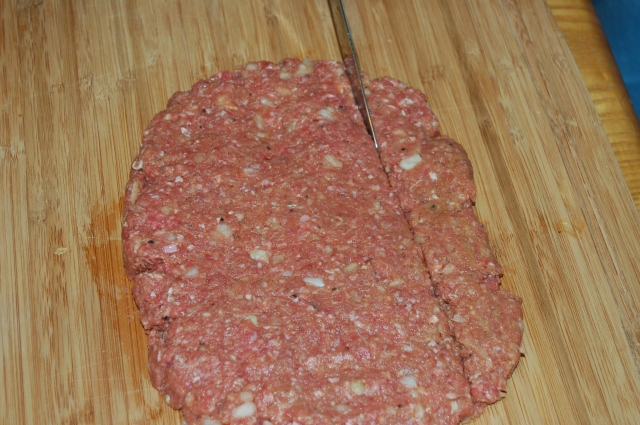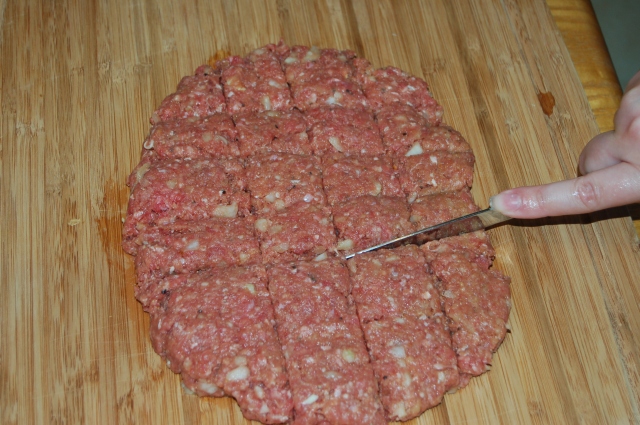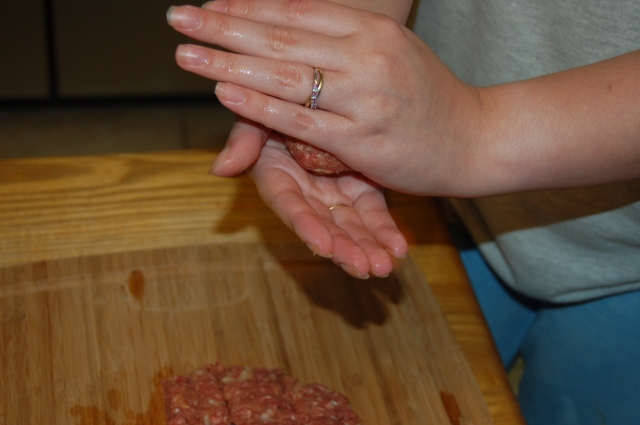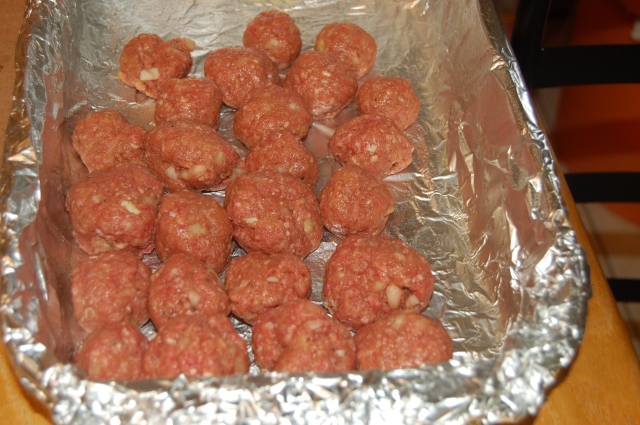Today, it is my goal to hopefully answer all of your questions regarding grain mills and flour milling–why to mill your own flour, what type of mill to choose, what grain mills are easily available (and all about each one’s specifications and capabilities), common grains that you can mill and how to use what you produce, with recipes galore!
Let’s begin, shall we?
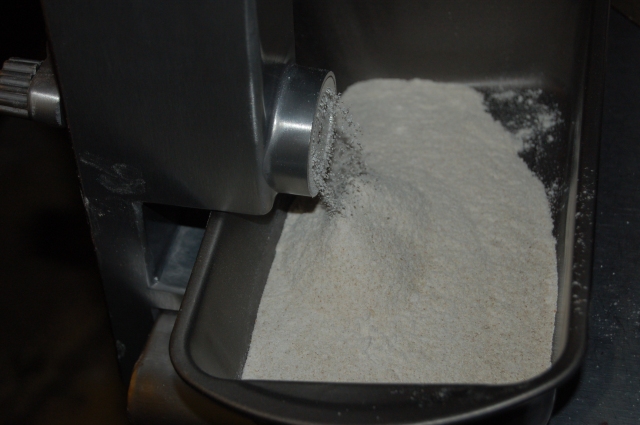
First up, why to mill your own flour—
As you more than likely know, there is a large difference between refined, commercial flour and that which you mill yourself. Commercial flour (that you buy in the store) has all of the “good bits” of the wheat/grain taken out of it, like the nutrient-rich germ, and the remaining endosperm is then ground into flour. Why would a company choose to remove the best, and most nutritious part of the wheat and grain? Much like other processed foods, companies want their products to have a lengthy shelf life, and when whole grains are ground into flour as-is, they have a very short shelf life before going rancid. If you make a product that lasts longer, it will cost less to produce, and you won’t have to produce as much. So, nutrition is sacrificed for shelf life, economics, and consumer demand. And most consumers have budgets to watch, so they eagerly choose the cheaper option that lasts the longest, over the more expensive product that doesn’t last as long–even if that product is better for them than the more inexpensive one. Commercial flour is turned into basically little more than a starch, which acts like sugar in your body, and can lead to health problems and dietary illness if consumption is not moderated. I know you’re probably wondering, But the package says that the flour contains multiple vitamins? It has to. Because they take all of the good things out of the flour, the federal government requires that something “good” is put back in to make it resemble the original product. But, consider this analogy–say your favorite, valuable, antique vase is broken and shattered into several piece. Sure, you can glue it back together into something that resembles a vase, but it will never, ever be what it was before. It’s now just a broken, glued jumble of pieces that no longer fit together as they are meant to do. If you mill your own grains and produce your own flour, that priceless creation is still left intact, and all of the original value, in this case nutritional value, is still there.
So, you want to mill your own nutrient dense, high quality, whole grain flour, and you want to own a grain mill. What types are available for you, and what should you choose?
Let’s start with the two most obvious differences between mill types before we get into the finer differences. If you’re looking at it from a purely basic standpoint, there are two types of mills–electric and manual. Let’s look at the pros and cons of each of these before we break down the different types within each category.
Electric mills, without question, have the largest capacity for grains, and the highest yield of flour in the shortest amount of time. Although there are more technical steps involved, there is significantly less physical effort needed to use them, as opposed to a manual grain mill. If you are looking to produce a large amount of flour in a short amount of time, and want to do this on a fairly regular basis, then you might want to consider purchasing an electric mill. The biggest downside, however, to an electric mill is that it obviously needs to use electricity. If you are considering a mill for survival or preparedness purposes, you might, at the very least, consider a small, inexpensive manual mill to have on hand in the event of a lengthy power outage. Another slight downside to electric mills is that you cannot really find an “inexpensive” electric mill on the market. On average, the cheapest electric powered mill runs roughly $179.00, which we will discuss later. (You can buy items such as grain mill attachments for stand mixers, but be wary of these as they are prone to damaging the motor/gear box of the stand mixer.)
Manual mills run on human power and effort. There is a crank that you rotate to grind the flour inside of the mill (more on what is inside of these mills later). This can be a very strenuous and time-consuming job, as the grinding takes a significantly longer amount of time to complete. Grain capacity is also generally smaller. However, manual mills are not dependent on electricity to function, making them perfect for those who are searching for a mill for emergency preparedness purposes or who are wanting to be off grid. You can also buy them rather inexpensively if you only want to make a small amount of flour once in a while, and mills for this purpose can be found for as low as $50. Higher end manual mills, made with much stronger materials (and that often have lifelong warranties and heirloom quality), can be very expensive, ranging between $240-$1100, on average. Manual mills have simpler operation and fewer steps, and it is easier to adjust coarseness/fineness mid-use than it is with an electric mill. That being said, that makes it MUCH easier to make non-flour items, like homemade cereals that electric mills usually cannot produce.
All about electric mills–brands, components and styles, pricing, etc.
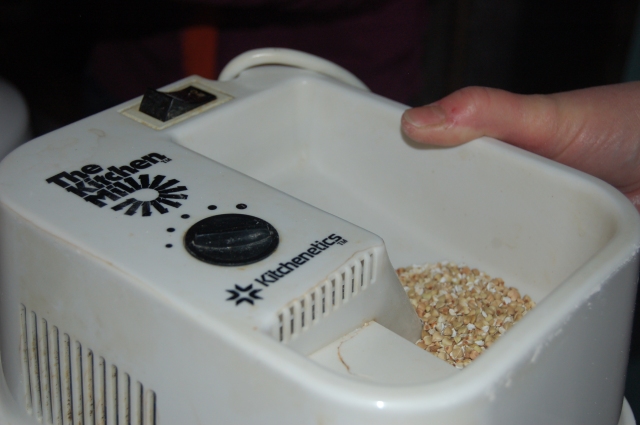
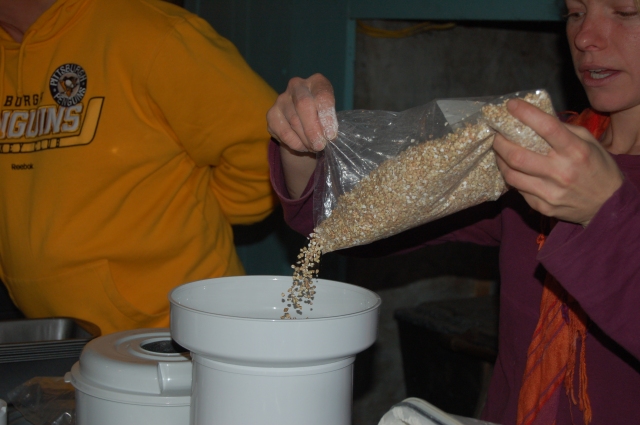
On average, electric mills cost between $179-$289. There are a few brands that cost significantly more. What I want to do is share with you three common (and easy to find) electric mills, and along the way, as we discuss each one, we will learn more about their components, parts, warranties, capacity, settings, etc. The information I will share with you will come directly from the company websites, which I will list with each description, as well as some places where you can purchase them (for price comparison).
- Wondermill–This mill possess an LG Electronics motor (1250 watt). Grinds wheat, beans, legumes, corn, and other common grains, and you can purchase a small grains adapter for the mill that will allow you to process amaranth, millet, quinoa, etc. There is a website where you can see what it can and cannot grind at www.willitgrind.com. The hopper has an 8 cup capacity, and the canister has a 12 cup capacity and comes with a lid. The mill works through a motor that powers stainless steel teeth which crush the grains by impact until they turn into flour. This process is referred to as “micronization.” You can choose from Pastry, Bread, and Coarse flour settings when processing your grain. These mills are very highly reviewed, and they are known for being one of the top electric mills on the market. On the main website, the mill’s MSRP is $259.95 (http://www.thewondermill.com), though they are known to offer sales of $20 off at various times. (As of this writing, the mill is $239.95 from the manufacturer.) Limited lifetime warranty. Make sure to buy this mill from an authorized dealer (you can find them on the company website) in order to use the warranty.
- Blendtec Kitchen Mill–This mill has a 1.8 peak horsepower motor. These mills have been on the market for many years, and at $180, on the manufacturer’s website, they are on the lower end of the price spectrum for electric mills. Comes with a six-year limited warranty. Hopper can hold 3 cups of grains. The 24 cup collection bin doubles as a lid. The motor comes permanently lubricated, so there should be few problems in that area. Mills all dry grains, beans, legumes, and corn, but, like with most electric mills, it cannot grind seeds and nuts. Manufactured within the United States.
- Nutrimill–Manufactured by L’Equip/Bosch, these mills are made in Korea. They are capable of milling all dry grains, beans, legumes, etc, but like the other mills mentioned, they will not grind seeds or nuts. This mill is known for being one of the quieter mills on the market. Has a 20 cup bowl capacity, and they claim on their website that the mill can grind 20 cups of flour in five minutes. Mill uses stainless steel milling heads. The motor is high powered at 1200 watts, similar to the Wondermill. There is a limited lifetime warranty provided. MSRP on the official website is $289.99. However, the mill can be found for $229 at the time of this writing at Amazon (all Amazon links are affiliate links): L’EQUIP Nutrimill Grain Mill

Interested in manual grain mills instead? Let’s take a look at three market favorites:
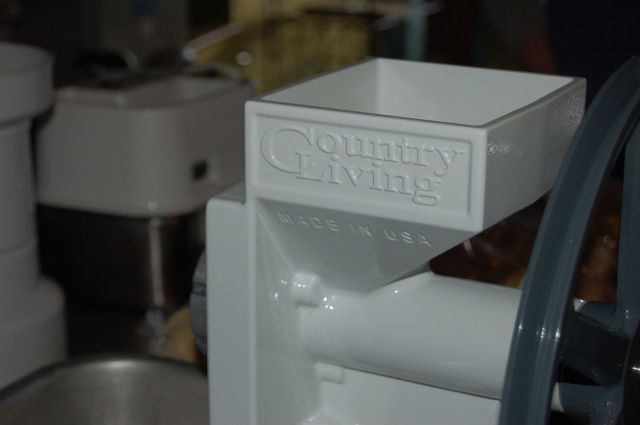
Before you read more about manual grain mills, please be aware that there is a large market for manual grain mills, and I am only covering the three most commonly purchased. Also, strangely enough, there is a very wide price gap, with some mills priced as low as $60, and there are some on the market that cost well over $1000 (I am not featuring anything that high end here). I recommend you also do research yourself–you might find a brand that you prefer that is not listed, as there are many more manual mills available than electric ones.
- Victorio Hand Operated Grain Mill–you will struggle to find a more inexpensive, yet effective, manual mill. Compact, yet versatile, this little mill outperformed a mill 9 times its price during our grain milling course (I was blown away). Stainless steel milling chamber and a 2 year warranty come with this tiny machine. This mill cannot grind oily seeds and nuts, like its electric counterparts. For those who have emergency kits for their families, this would easily fit into a bug out bag, etc. MSRP is $89.94, but Amazon currently has this for the best price at $61: Victorio VKP1012 Hand Operated Grain Mill

- Wondermill Junior Grain Mill–These mills are manufactured in India, and are produced by the same company as the Wondermill Electric Mills. They are one of the highest reviewed manual grain mills on the market. One of the standout claims with this mill is that the manufacturer states that it will grind oily seeds and nuts, so for those who are interested in making nut butters or pastes, this mill would be an excellent option for you. This mill uses stainless steel augers to grind grains as well. List price is $300, but you can often find it cheaper elsewhere. Limited lifetime warranty. Hopper holds 1 quart of grains. Can be found on Amazon for $220:Wonder Junior Deluxe Hand Grain / Flour Mill by Wondermill

- Country Living Grain Mills–I personally own this mill, and I have a lot of experience with it. Made in the USA, this mill is made of heirloom quality, using industrial grade ball bearings, solid I beam construction from cast aircraft aluminum, and stainless steel shaft. There are lots of accessories available for this mill, including a system to motorize it (costs several hundred dollars), or to convert it to be powered by bicycle. However, there are some inherent cons–MSRP on the manufacturer’s website is $429.00, before any added accessories. Also, the flour output seems very slow compared to other mills, though it creates a higher quality flour with a better texture. Limited lifetime warranty. From personal experience, customer service is excellent. Mills with slight cosmetic damage are sometimes available for a discounted price.
What grains should I mill, and what can these grains do?
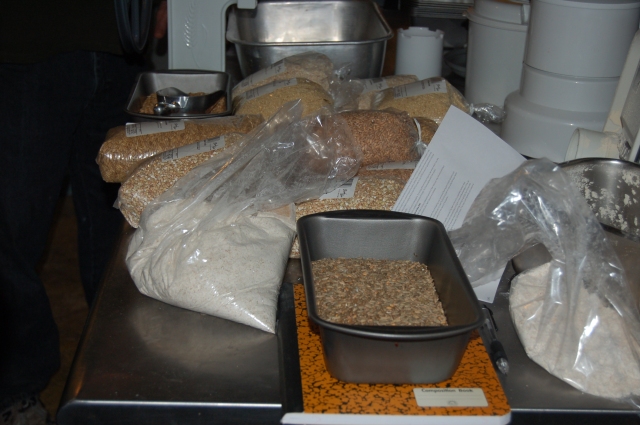
I am a limited human being, and, like you, I am on this journey right along with you (hence, the title of my blog). If I tried to wax endlessly just about wheat, I could write pages and pages, and I am already overdue in providing this “class” to my readers. So, I will share with you some EXCELLENT online resources regarding different types of grains, sites with great recipes, and what these grains can provide for you:
King Arthur Flour discusses whole wheat flour, the Nutrimill, and provides a tutorial for Whole Wheat Sandwich Bread.
Do you know anything about spelt? Try this species of wheat, per The Kitchn’s suggestion.
Black Fox Homestead provides a recipe for Spelt Flour Coconut Bars, for those of you interested in trying spelt flour.
Dr. Weil teaches us about barley, the world’s oldest domesticated grain, and Bob’s Red Mill introduces us to the concept of Barley Brownies.
Have you ever heard of einkorn grain berries? The Homesteading Hippy tells us more about this “ancient wheat variety.”
The Homesteading Hippy also shares recipes for Pumpkin Scones AND Blueberry Scones.
Bob’s Red Mill has a yummy recipe for Rye Pancakes that uses both rye AND buckwheat flour–both being grains you can mill yourself!
Kristi Stone from The Mind to Homestead has so many scrumptious recipes to choose from, like Buttery Shortbread, White Wheat Dinner Rolls, and Pumpkin Bread.
And……..because they cohosted our live class, I would be remiss if I didn’t include this AMAZING recipe for Whole Wheat Oatmeal Berry Crumb Bars from the fabulous farm, Goodness Grows!
This is only a small list of grains and recipes–there are countless other varieties to try. That is the beauty of milling your own grains–you get to explore a whole new culinary world outside of Big Box Store Flour. Now, go play! 🙂
NOTE********* I personally own a Wondermill, a Victorio Hand Crank Mill, and a Country Living Mill. Country Living provided me with a free mill to use for my blogging endeavors, and also for a future review. However, the others were personal purchases. If you are interested in my take on either model, please feel free to email me at laurashelton115@gmail.com.
